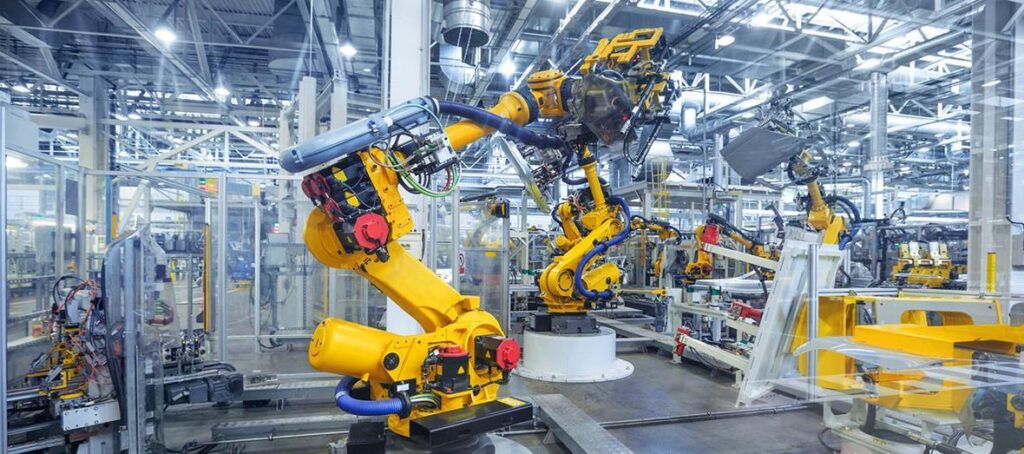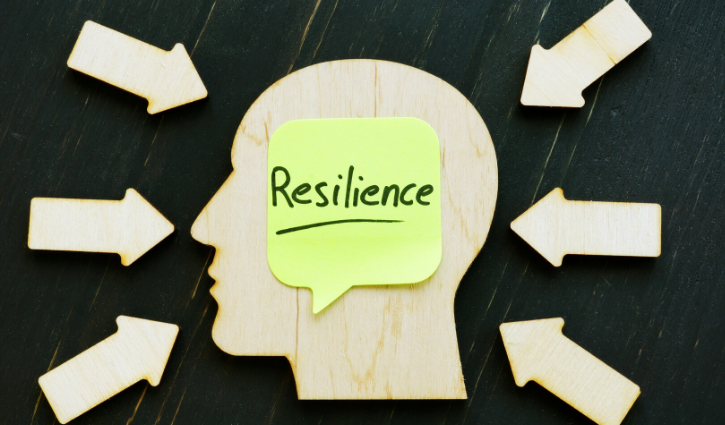The COVID-crisis has prompted a period of introspection as organisations question how to best structure their supply chains and manage their risk
Trends towards global sourcing, mobile warehousing, just-in-time production and lean manufacturing have created supply chains that are highly optimised, but also increasingly complex. When things are going well, this means cost-effective operations, less waste and companies can react flexibly and in an agile way to customer demands.
However, these trends also expose the supply chain to new, sometimes hard to recognise risks. And when there is interruption, the complexity of these supplier systems and the immediate nature of production can mean businesses are suddenly facing significant disruption with immediate impact to bottom lines, or even market share and reputation.
For instance, when governments imposed lockdowns to curb the spread of coronavirus, many firms found that manufacturing ground to a halt as the transportation of goods was interrupted. Where once a business was likely to have spares and back-ups in warehouses, just-in-time practices mean that many businesses are now left without access to the services or parts they need to operate.
Shifting sands
The uniquely volatile business environment of the past year has brought to the forefront of the business agenda the supply chain vulnerabilities they face. For some, this could signal a change in practices in the future to increase supply chain resilience – whether that’s looking at near shoring and onshoring, reintroducing back-up stock in warehouses or installing alternative production sites.
Kocher said: “What’s changing is how risk managers, management and insurers alike recognise and factor supply chain risk into their decision-making. With more and more severe supply chain interruptions materialising, businesses have started to reconsider certain aspects, such as having suppliers nearby to eliminate certain risk factors from their business activities.”
The role of risk engineering
As organisations continue down the path of introspection and question how to best structure their supply chains and manage their risk, it becomes ever-more crucial that risk managers understand the full extent of the vulnerabilities in their own production process. Kocher believes that risk engineering plays an increasingly key role in this process.
“One of the key value drivers is to understand your supply chain and the assumptions you are making about it in case of disruption. This may sound trivial, but it is a fundamental condition to be in place before conducting impact assessment, quantification, deciding on the mitigation strategy and implementing mitigation measure. A structured approach to ensure adequate understanding in sufficient depth is critical. ”
Empowering better decisions
Often, when a company considers key or critical suppliers, it is examining its supply chain with a financial lens, or with a strong focus on individual business sections. A realistic company-wide, impact-oriented view, underpinned with decades of actual loss experience, supports the identification of key exposures which may otherwise go unnoticed.
Kocher concludes: “There is no one perfect way of managing supply chain risk. The risk engineer brings to the table a wealth of experience of what the process could look like, and is able to pick up the individual client where they stand in their supply chain risk management journey, with the goal of bringing them further towards a comprehensive supply chain risk management adapted to their specific needs.”
Read more at The future of supply chain risk management
Leave your comments below or contact us for discussions.






